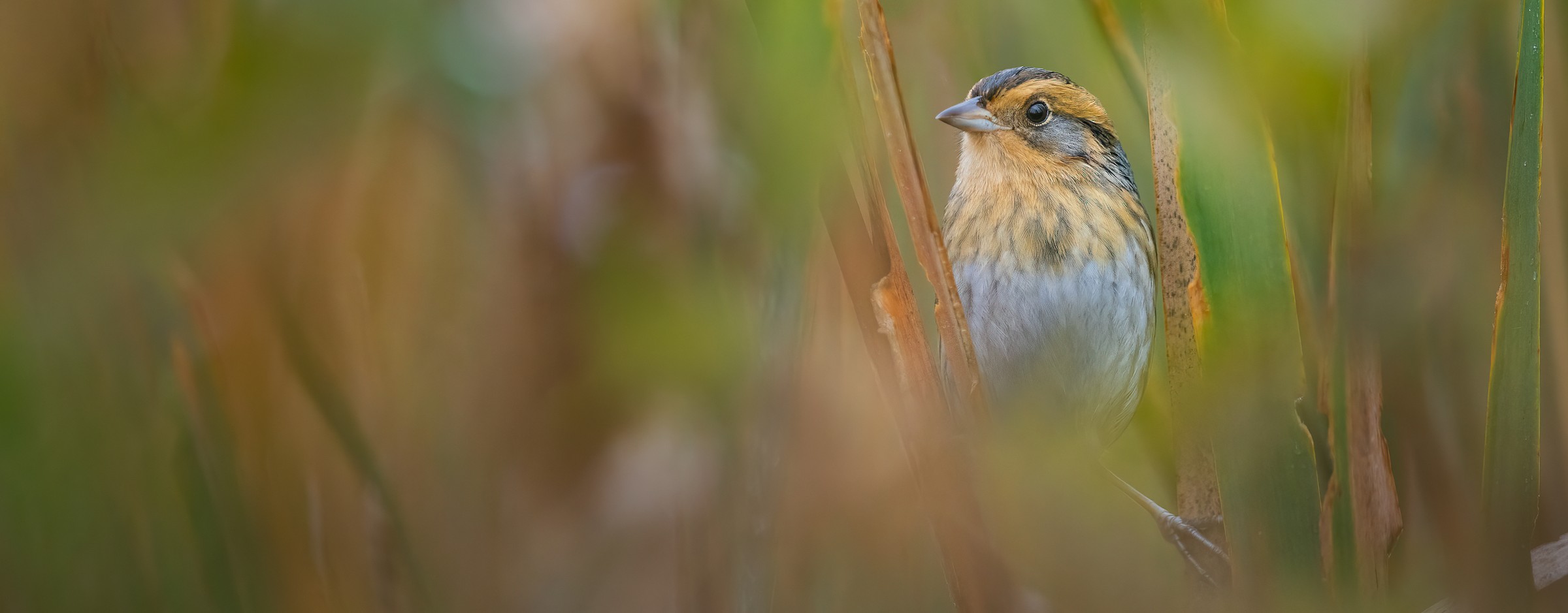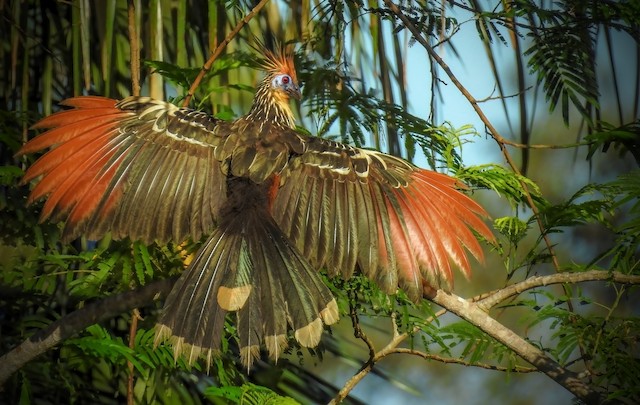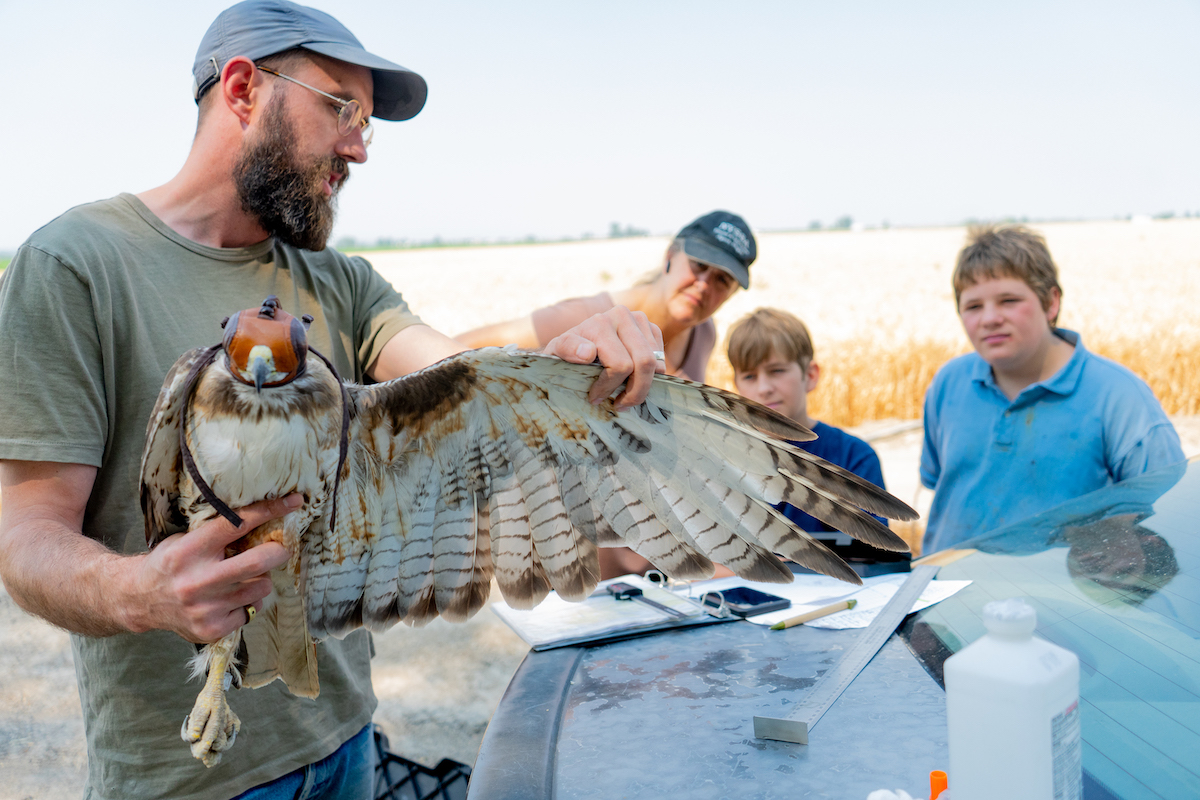
Stunning Video Captures Beauty of Extremely Rare Santa Marta Sabrewing
Located in the isolated Sierra Nevada de Santa Marta mountains of northern Colombia, little has been known about the species as it was lost to science for 64 years before being photographed once in 2010, only to become lost again before its rediscovery in 2022 by Yurgen Vega, one of the authors of the new study.



































